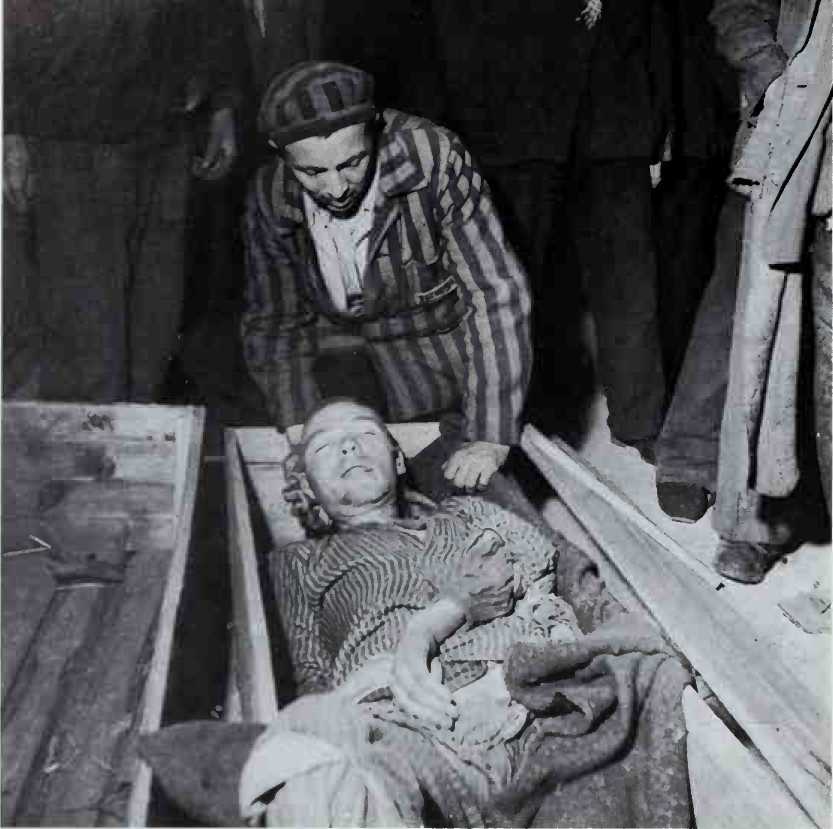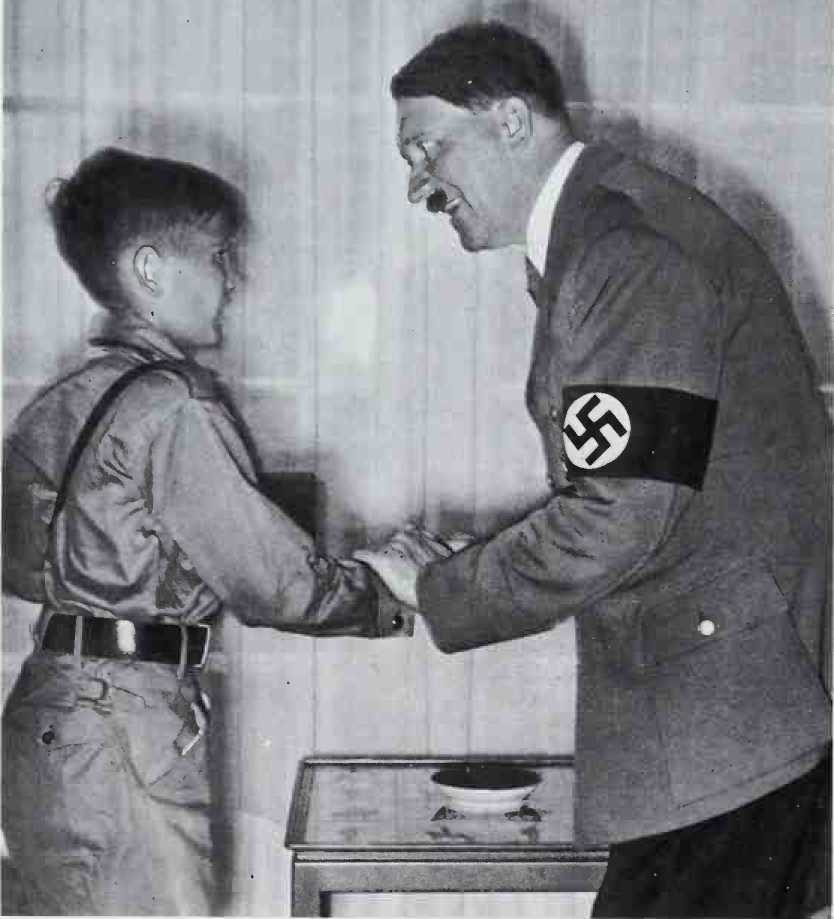When the S. S. came into the production processes there was a rapid spread of the concentration camp system throughout all German society. Firstly there was a direct effort. Concentration camp labour was used everywhere: first of all in the hardest and most secret work (digging out underground factories, making V-l’s and V-2’s), for which it was well qualified by its isolation, cheapness, limitless exploitability, and expenda-bility; then for all hard work in the heavy, the precision, and the peripheral industries; and then in all categories as unskilled labourers, navvies, skilled workers, technicians, and so on.
Then there was the indirect method: by contamination. Dora and Ellrich were both centres of V-1 and V-2 production and for a long time the hell of Buchenwald. By the spring of 1944 mines were being extensively used as arms factories. In April 1944 work began on the Schacht Marie salt mine, and soon 2,000 women were employed on the machines there. In that same month Goring asked Himmler for the largest number of concentration camp workers possible. Himmler replied that already he had 36,000 working for the air force and would examine the possibility of raising this to 90,000. Concentration camp detainees worked in the


2252
Building trade in Sachsenhausen, in the brick works at Klinker, on the Annaberg motorway; they drained the marshes at Ravensbriick and Auschwitz, dug canals at Wansleben, opened up roads at Kiistrin, built a submarine base near Bremen, airfields in East Prussia, made spare parts for Messerschmitts, and assembled planes at Gusen II. Amongst the documents seized in the S. S.W. V.H. A. archives, one dated November 4, 1942, was a request for specialists from the head of Amt III at Oranienburg to the commandant of the Natzweiler camp. Thirty-one categories were asked for (accountants, welders, oxy-acetylene welders, mechanics etc.).
The S. S. certainly took care to register a detainee’s real or pretended qualifications on his arrival. The detainees themselves looked after this even more actively. To get into a factory was a much sought-after privilege. It could mean the difference between life or death. The harshest treatment in a factory was paradise compared with navvying, quarrying or the hell of the S. S. and the cold.
The numbers of workers handled were very large and the overall organisation became unwieldy and inflexible. Old-fashioned procedures such as work-books led the administrative constraints. Besides the concentration camp workers, there were seven and a half million foreign workers and two million prisoners-of-war in Germany in September 1944. At Nuremberg, Sauckel confessed that only about 200,000 out of five million foreign workers were volunteers. Albert Speer admitted that 40 per cent of the prisoners-of-war in Germany were being employed on arms and munitions production or related work in 1944. These large numbers meant an automatic change in the organisation of labour.
It is difficult to establish the proportion of concentration camp workers in the whole of the forced labour gangs. Most of the records have disappeared, and where they do exist they were so much subject to the usual camouflage and falsification that they are difficult to interpret. Krupp stated during his trial that out of his
190,000 workers half were forced labour. It has been possible to find the distribution of the latter: there were 69,898 civilians from the East, 23,076 prisoners-of-war, and 4,897 concentration camp detainees. So one in 39 of the Krupp labour force came from the concentration camp, a striking figure.




 World History
World History









